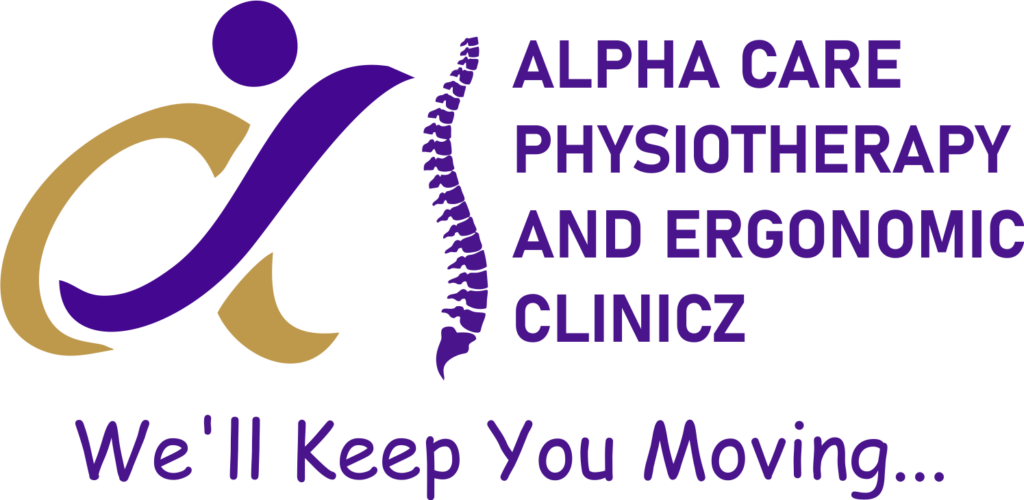Neck/Back/Knee Pain

- Neck, back, and knee pain are common musculoskeletal complaints that can significantly impact daily life and mobility.
- Causes of neck pain include muscle strain, poor posture, degenerative disc disease, cervical spine arthritis, and injury.
- Back pain can result from muscle strain, herniated discs, spinal stenosis, osteoarthritis, or vertebral fractures.
- Knee pain may stem from injuries like ligament tears or meniscus tears, arthritis, tendonitis, or overuse.
- Diagnosis involves medical history, physical examination, imaging tests like X-rays or MRI, and sometimes, blood tests.
- Treatment options vary depending on the underlying cause and severity of pain.
- Conservative treatments for neck, back, and knee pain include rest, physical therapy, stretching exercises, and pain management medications.
- Heat or cold therapy, braces, and assistive devices may provide relief and support.
- Injections such as corticosteroids or hyaluronic acid may be used for more severe cases or to manage inflammation.
- Surgery, such as discectomy or joint replacement, may be considered for certain conditions that do not respond to conservative measures.
- Lifestyle modifications such as maintaining proper posture, weight management, and regular exercise are important for prevention and management.
- Education about body mechanics, ergonomics, and injury prevention strategies can help individuals manage and prevent future episodes of pain.
- Regular follow-up with healthcare providers is essential for monitoring progress, adjusting treatment, and preventing complications.
- While neck, back, and knee pain can be challenging, proactive management can help improve function, alleviate symptoms, and enhance quality of life.
- Individualized treatment plans should be tailored to address the specific needs and goals of each patient.



